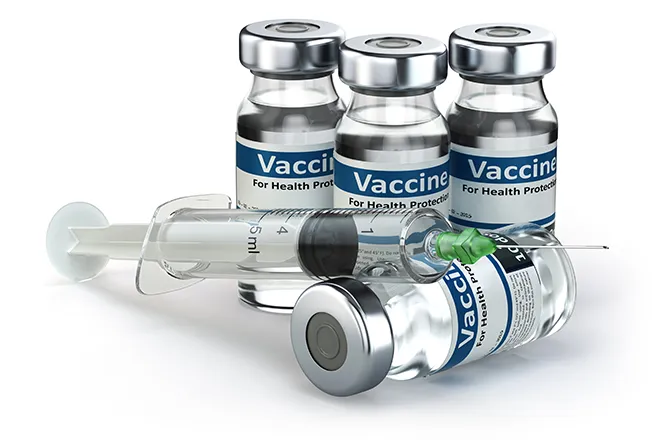
Serve Safe Food This Holiday Season
Kaye Kasza
Food is an important part of many holiday events. “With so many home cooks planning to prepare large meals over the holidays, coupled with the fact that one in six people become sick from a foodborne illness each year, this is the best time for reminders about the importance of safe food handling for good health,” said Shelley Feist, Partnership for Food Safety Education executive director. Consumers play a key part in making sure the food they serve is safe to eat. Follow these important home food safety practices from Southeast Area Extension to be sure food borne illness is not part of your holiday festivities:
CLEAN: Wash hands and surfaces often. Frequent cleaning and sanitizing keep bacteria and viruses from spreading throughout the kitchen and contaminating food. Wash your hands with warm water and soap for at least 20 seconds before and after handling food and after using the bathroom, changing diapers and handling pets.
- Wash your cutting boards, dishes, utensils, and counter tops with hot soapy water after preparing each food item and before you go on to the next food.
- Consider using paper towels to clean up kitchen surfaces. If you use cloth towels wash them often in the hot cycle of your washing machine.
- Rinse fresh fruits and vegetables under running tap water, including those with skins and rinds that are not eaten. Scrub firm-skin fruits and vegetables with a clean vegetable brush.
SEPARATE: Keep hazardous food separate from ready to eat foods. Bacteria and viruses spread when raw meat, poultry, seafood and eggs or their juices come into contact with other foods.
- Separate raw meat, poultry, seafood and eggs from other foods in your grocery shopping cart, grocery bags and in your refrigerator.
- When handling raw meat, poultry, seafood and eggs, keep these foods and their juices away from foods that won’t be cooked.
- Wash cutting boards with hot soapy water between uses. Or better yet, use one cutting board for fresh produce and a separate one for raw meat, poultry and seafood.
- Never place cooked food on a plate that previously held raw meat, poultry, seafood or eggs.
COOK: Cook to safe temperatures.
Food is safely cooked when it reaches a high enough internal temperature to kill the harmful bacteria that cause foodborne illness. Use a food thermometer; you can’t tell if food is cooked safely by how it looks. Download and print this meat and poultry safe temperature chart: http://www.fightbac.org/wp-content/uploads/2016/04/PFSE-7696-cooking-chart_FINAL.pdf
- Many of us don’t cook a turkey often, and need a reminder of how to prepare it safely. Here’s a convenient guide: http://www.fsis.usda.gov/wps/wcm/connect/3635881b-85f0-4937-8ee9-6d0715a6b33f/Countdown_to_Thanksgiving_Holiday.pdf?MOD=AJPERES
- Make sure there are no cold spots in food (where bacteria can survive) when cooking in a microwave oven. For best results, cover food, stir and rotate for even cooking. If there is no turntable, rotate the dish by hand once or twice during cooking.
- Bring sauces, soups and gravy to a boil when reheating. Heat other leftovers thoroughly to 165 °F.
CHILL: Refrigerate promptly.
- Refrigerate foods quickly because cold temperatures slow the growth of harmful bacteria. Do not over-stuff the refrigerator; cold air must circulate to help keep food safe. Use an appliance thermometer to be sure the temperature is consistently 40 °F or below to reduce the risk of foodborne illness. The freezer temperature should be 0 °F or below.
- Refrigerate or freeze meat, poultry, eggs and other perishables as soon as you get them home from the store.
- Never let raw meat, poultry, eggs, cooked food or cut fresh fruits or vegetables sit at room temperature more than two hours before putting them in the refrigerator or freezer (one hour when the temperature is above 90 °F).
- Never defrost food at room temperature. Food must be kept at a safe temperature during thawing. There are three safe ways to defrost food: in the refrigerator, in cold water, and in the microwave. Food thawed in cold water or in the microwave should be cooked immediately.
- Always marinate food in the refrigerator.
- Get leftovers into the fridge within 2 hours. Divide large amounts of leftovers into shallow containers for quicker cooling in the refrigerator.
Use or discard refrigerated food on a regular basis. Reheat or freeze turkey and stuffing with 3-4 days. Use gravy within 1-2 days
















